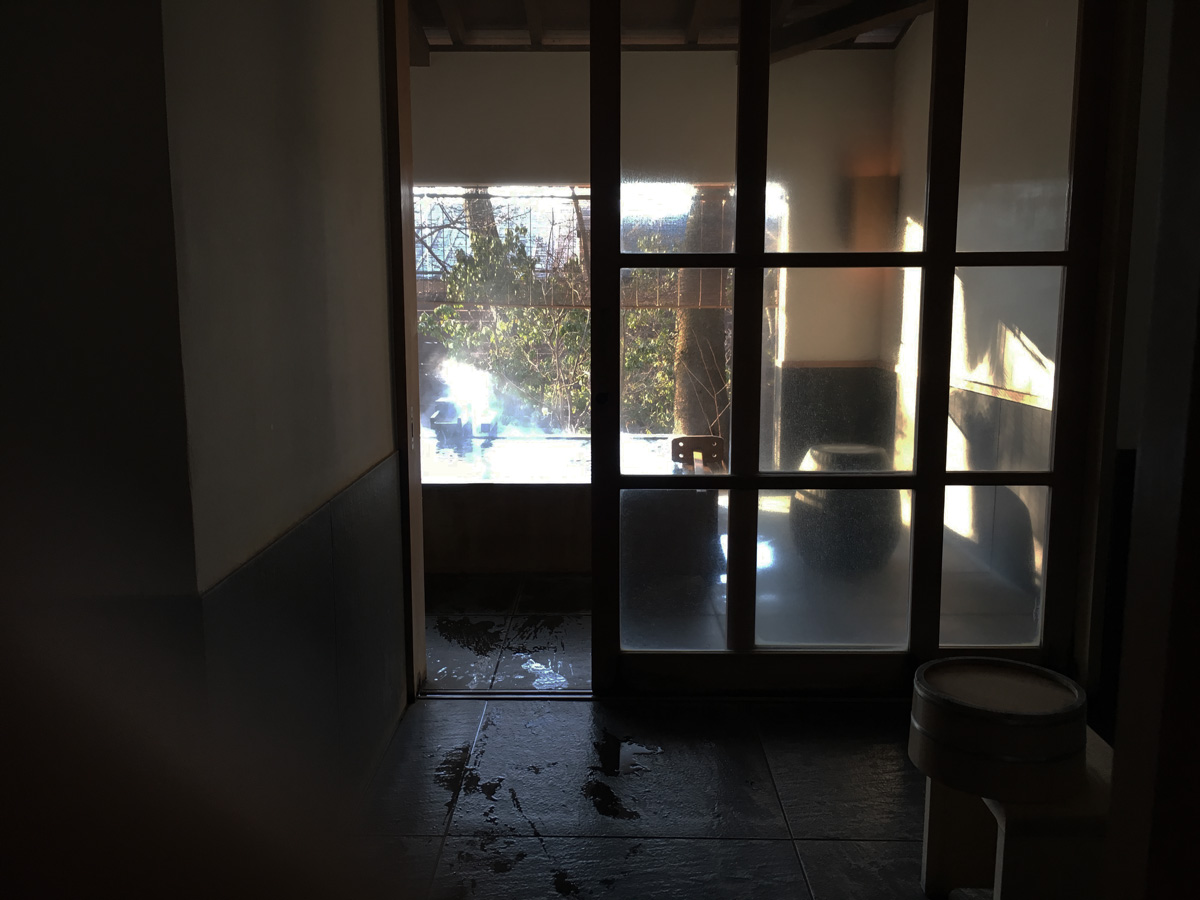Visit Japan’s Onsens
Japan’s therapeutic spa culture stretching back to the 14th century
It’s said that Japanese people live long because they have a custom of soaking in the bath everyday. This custom originated in the common religious belief that bathing purifies the mind and body. It started from the Shinto practice of misogi, ritual purification by washing the entire body, and mizugori, cold water ablutions. With the onset of Buddhism came water purification rituals like yubarai. Washing the body became a symbolic ritual of purifying the body before praying to the gods. This tradition passed down to the ordinary people in the form of gyozui bathing.
Japanese people believe that water has the ability to purify the body, rather than taking a Western scientific perspective about the healing powers of water.
In recent times, advances in the medical and scientific field have indicated that water has a placebo effect. It’s healing powers are termed “indicative benefits” rather than “efficacies.”
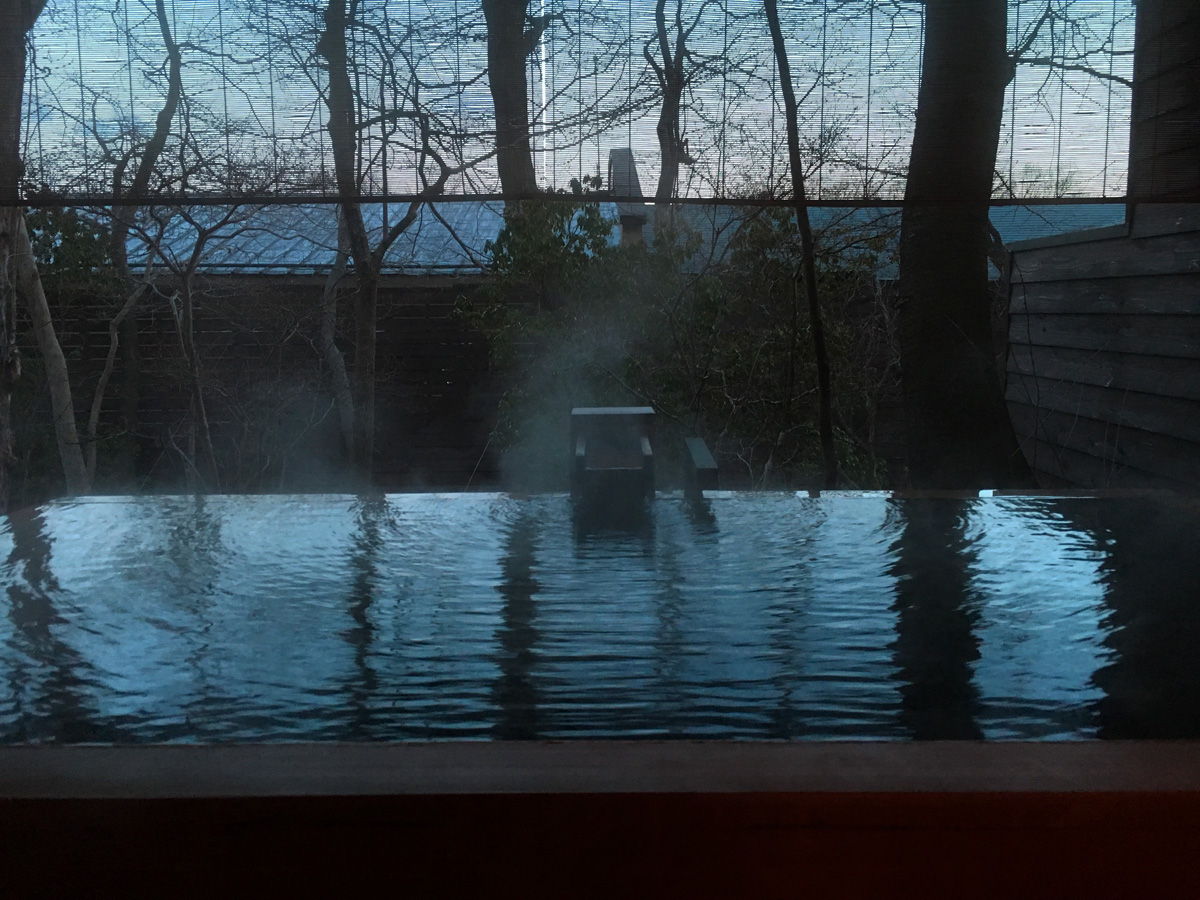


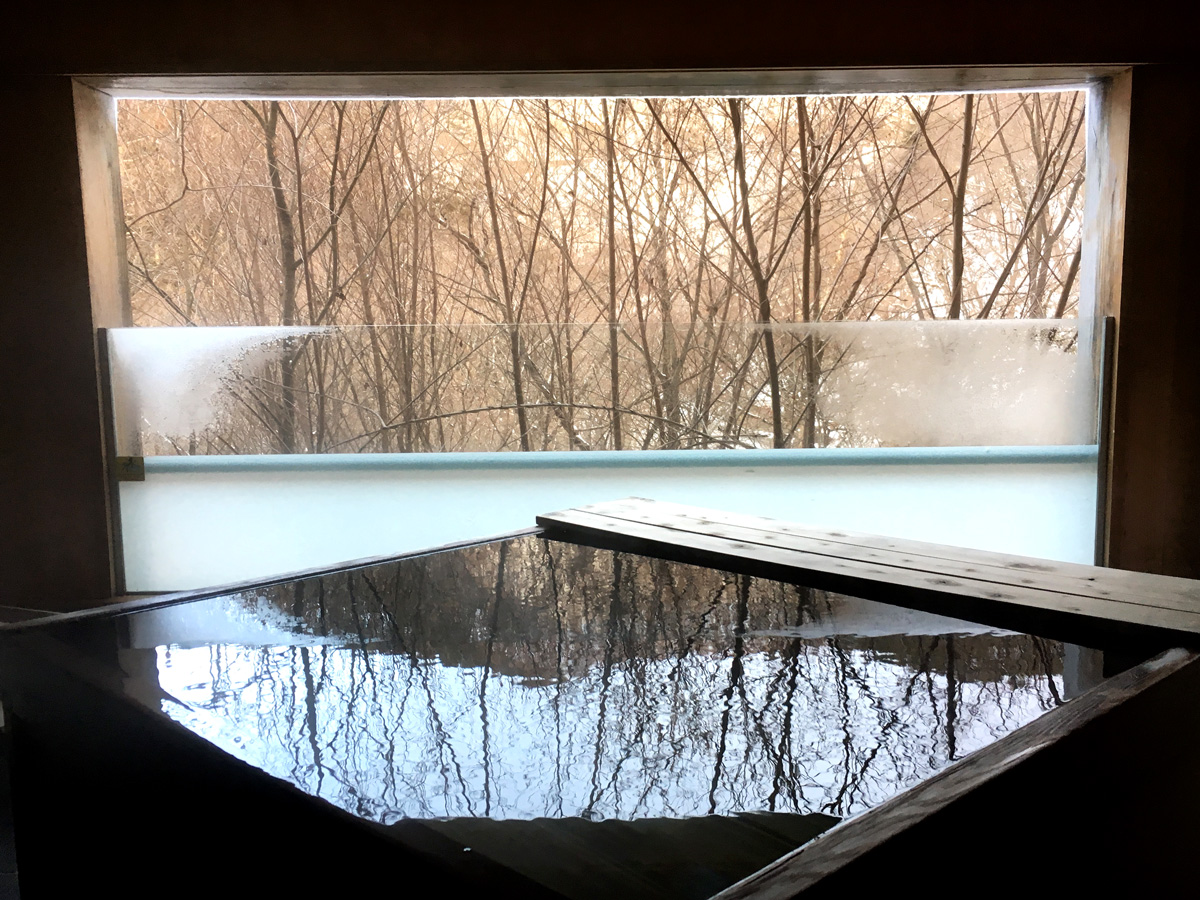

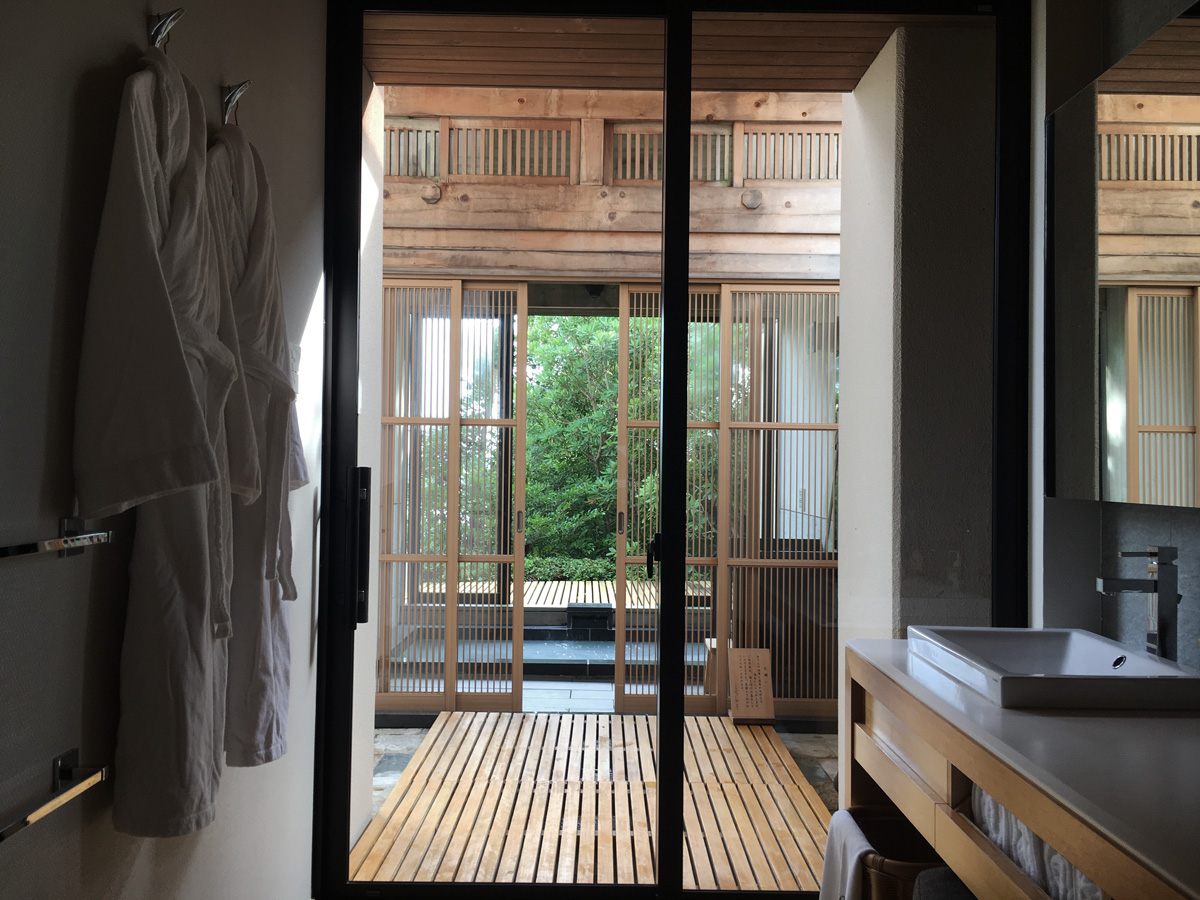

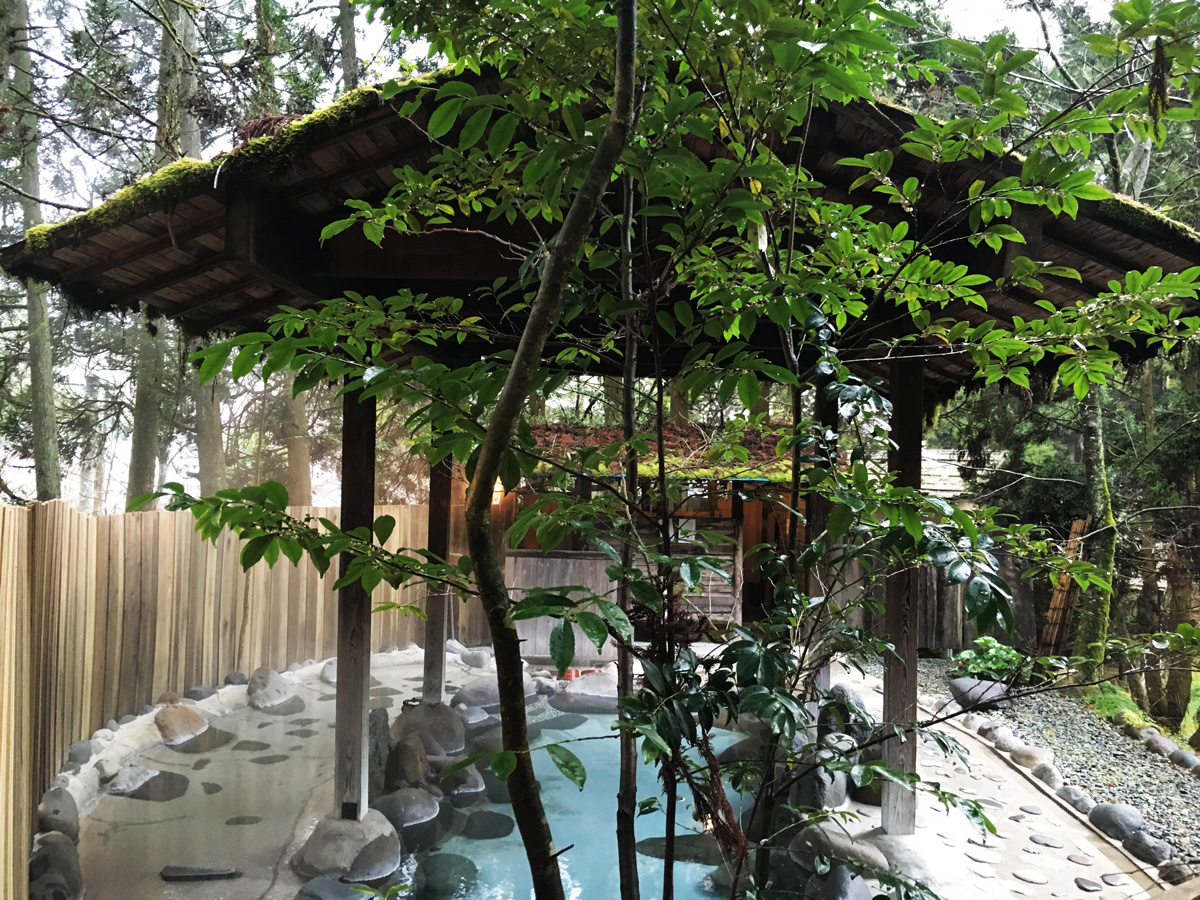
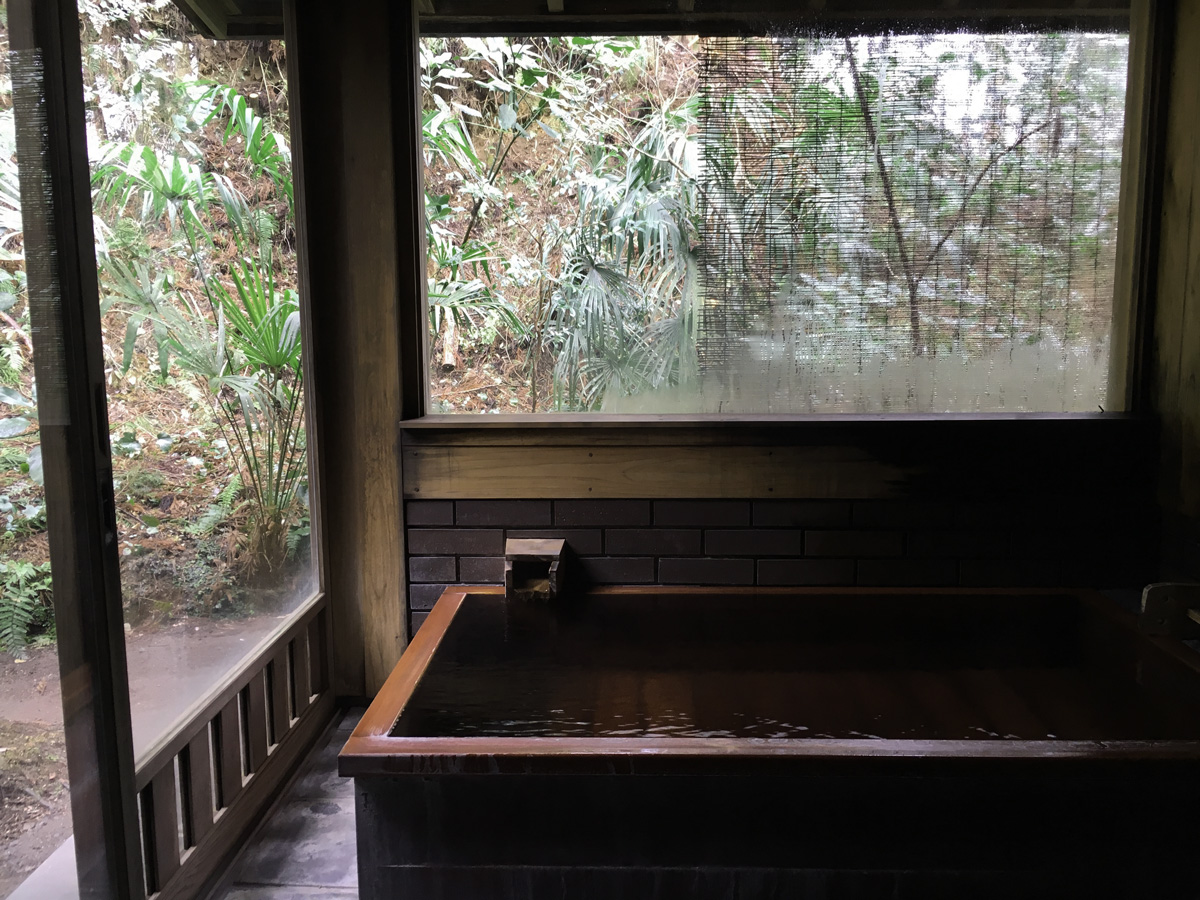
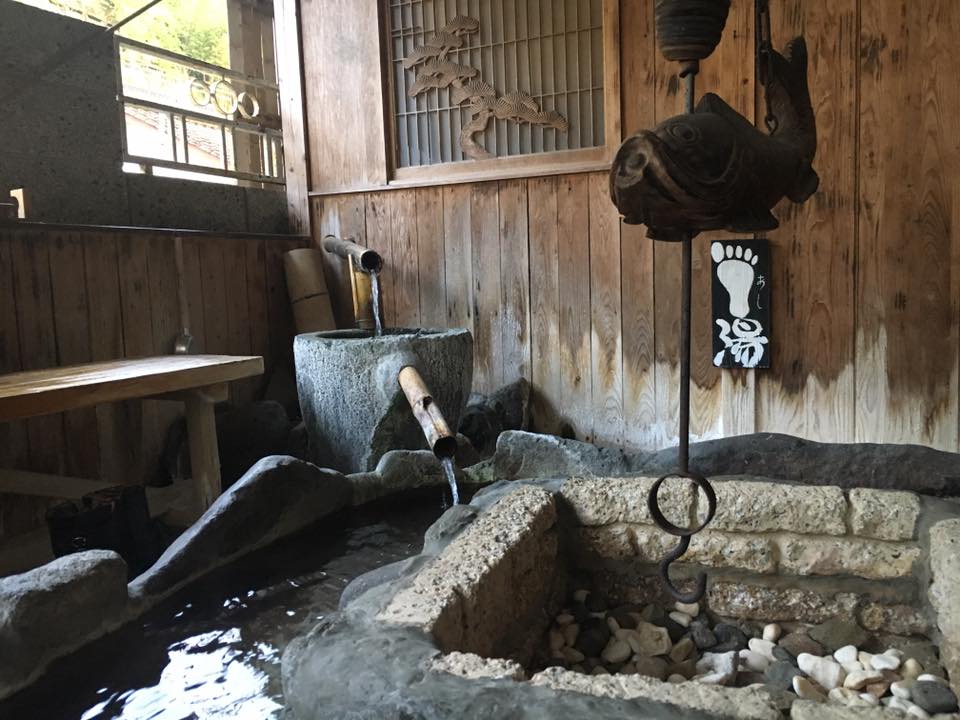
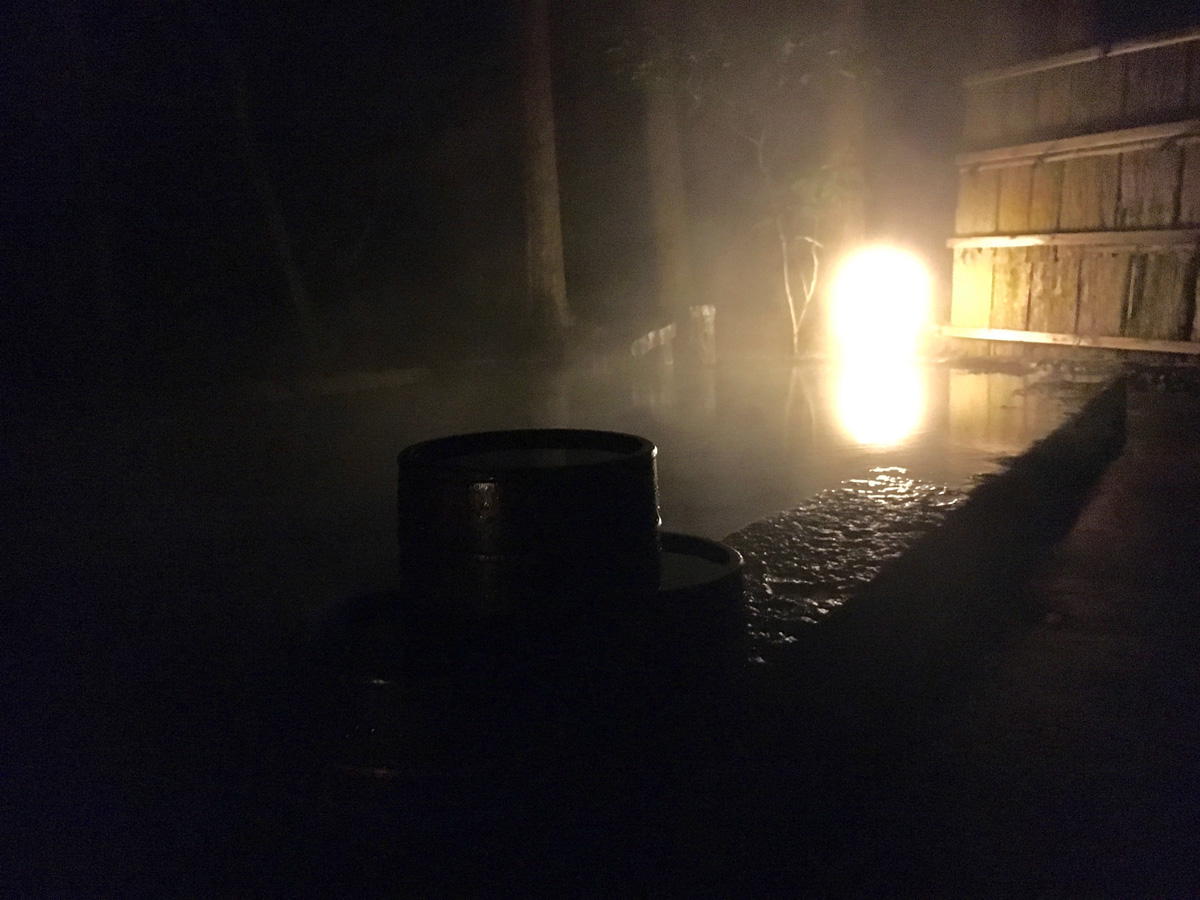
With over 27,000 hot spring sources, Japan is renowned for its onsens. Even now, there are plenty of people of all ages who enjoy bathing in onsens.
It was from the Edo Period that hot springs, ryokan inns and cuisine integrated and “onsen towns” started popping up. The concept of having a facility where people could visit for sightseeing purposes and extravagant meals was established at that time. However, the concept of “toujiba,” or therapeutic spa, existed long before then. This culture of staying somewhere for a long time for therapeutic hot spring treatment existed in Japan hundreds of years before the Edo Period. Toujibas can still be found now. However, unlike ryokan inns, they are not for short-term touristic stays. The establishment only provides the bath and accommodation while the food has to be prepared or purchased from outside by the guests. For foreign visitors to Japan, this can be a great way to manage your diet yourself if you are prone to allergies and use local ingredients to prepare your meals. This can make for a wonderful experience in Japan.
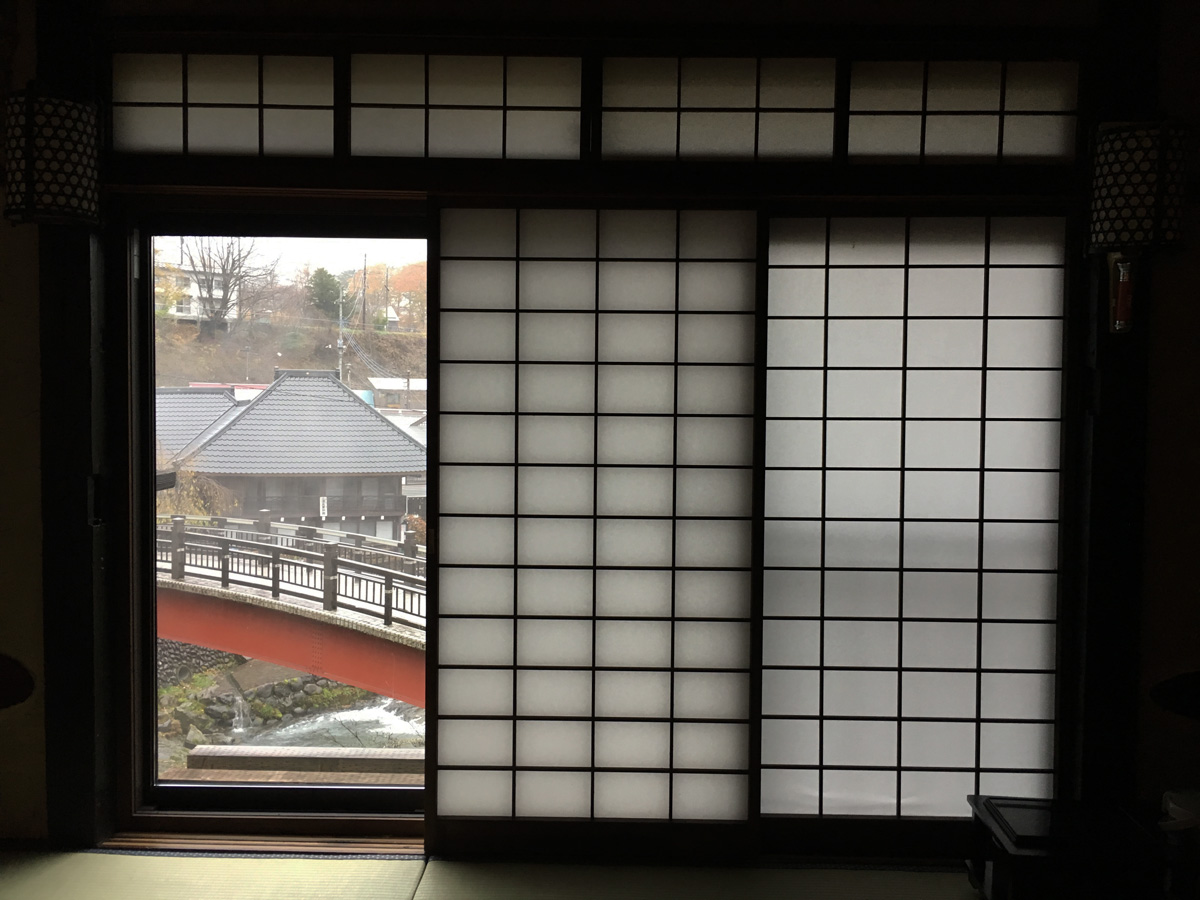
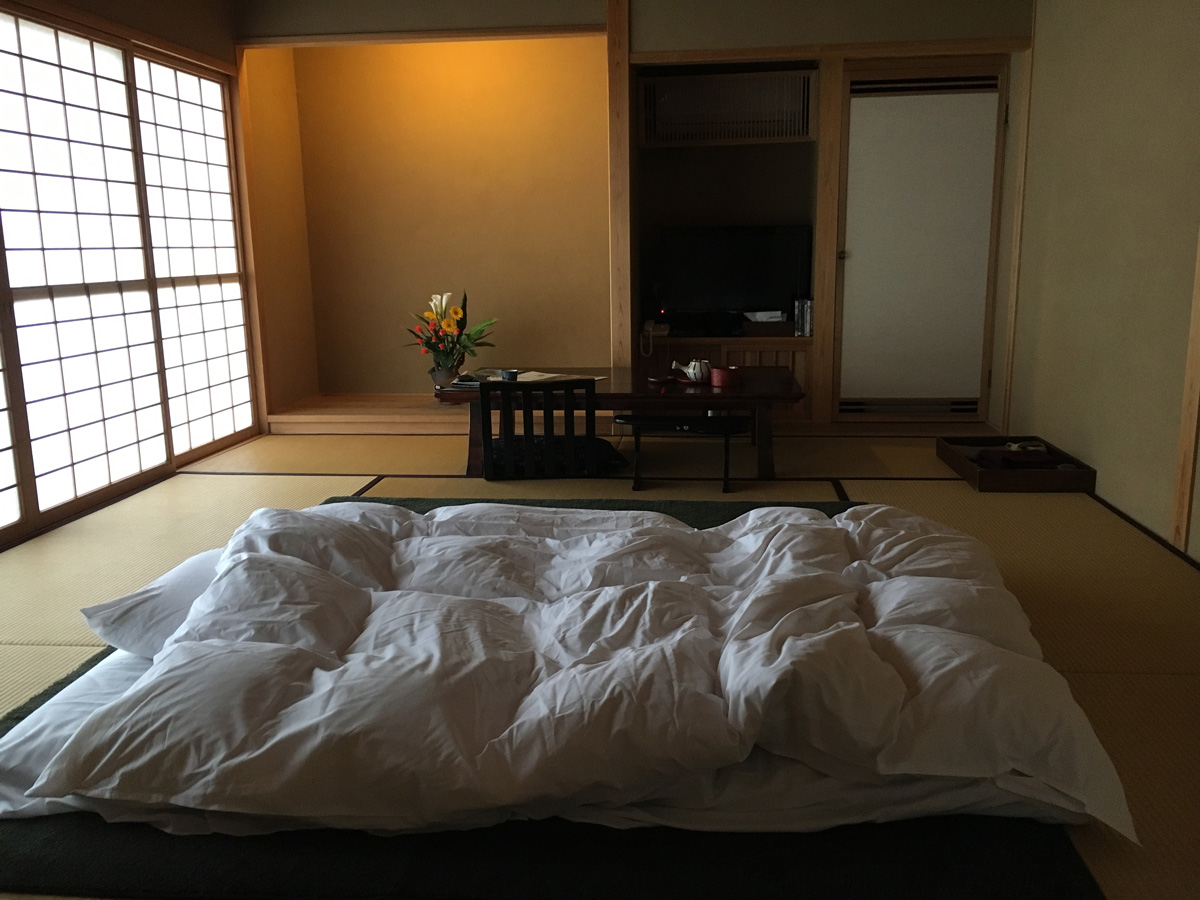
In medical terms, it is said that the word “efficacy” is not suitable for hot spring water. Recently, terms like indicative benefits are more commonly used lately.
In Japan, you can research into bathing, drinking, and the effects of each onsen, but that is your own personal responsibility. Do look into the properties of the onsen, and ensure that it suits you and your companions before taking a a bath. There are plenty of ryokans with onsen facilities that offer alcohol. Although annually, there are more accidental deaths in home bathtubs compared to onsen towns, there are still plenty of accidental deaths in the onsens. Japanese people exercise caution when it comes to taking baths in winter when there’s a big temperature gap, bathing after drinking alcohol, or having the elderly or children bathe alone.
The same goes for when it comes to drinking onsen water. Currently, even among Japanese people, there are not many who drink it. Those who do, tend to drink in small amounts. It’s particularly not recommended for people with diarrhea or people prone to stomach illnesses. Most people drink from areas that are placed with paper cups. Be careful in places where you don’t see any cupsー confirm with a local if it is safe to drink.
Japan has laws pertaining to hot springs. The laws include strict management of extraction processes, business, and deem it necessary to display the mineral content.
To prevent fraud, facilities running onsens are obligated by law to submit a thermal analysis report every 10 years.
Below is a list of the types of hot springs in Japan. Since all onsens are obligated to indicate the minerals, you can check the signboards there for detailed information.
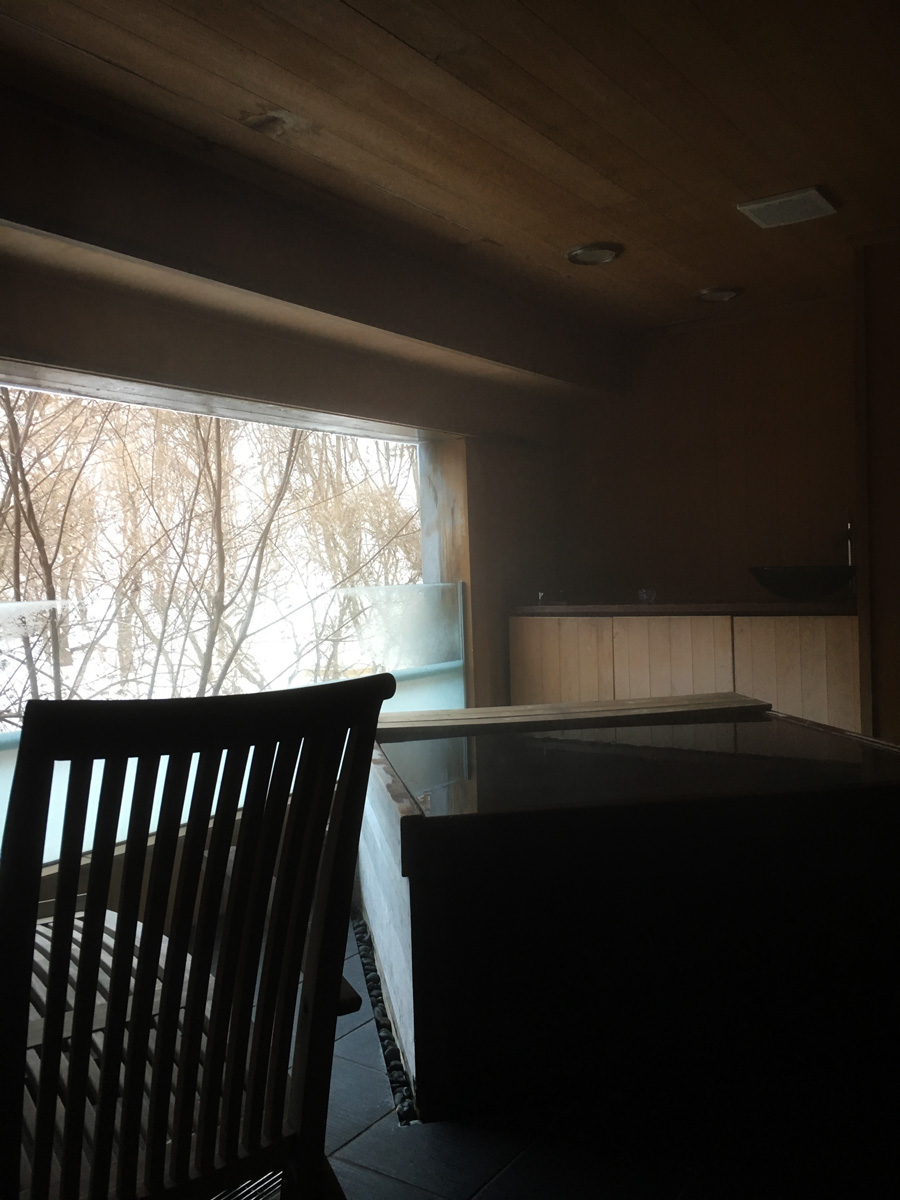

Simple Thermal Spring
Simple thermal springs are colorless, clear, and odorless. Since this kind of spring has a low concentration of minerals, it doesn’t irritate the body. It’s pleasant and can be used by a wide variety of people including those with sensitive skin, children, those recovering from illness , surgery, fractures, or injuries. Because the spring is so mild, it’s often used by people rehabilitating from strokes. With a calming effect, this type of spring is said to be effective for recovery from illness or fatigue, stress relief, and general health improvements.
Bathing in simple thermal spring water can be effective for neuralgia, muscle pain, joint pain, stiff shoulders, motor paralysis, joint stiffness, bruises, sprains, hemorrhoids, chronic gastrointestinal disease, sensitivity to cold, recovery from fatigue, health improvements, recovery from illness.
Drinking this kind of water can lightly stimulate the mucous membrane of the stomach and prove effective for chronic gastrointestinal diseases, chronic constipation, rheumatism, low back pain, joint muscle disorder, neuropathy.
This kind of hot spring can be found all around Japan. Some can even be cloudy or black, depending on the region.
Chloride Hot Spring
Similar to seawater, this kind of hot spring contains salt. Movement from the salt warms up the body. The antibacterial properties of the salt make it good for muscle or joint pains, bruises, and sprains. The heat-retention properties of the water make it good for sensitivity to cold, chronic gynecological disorders, menstrual disorders, infertility, and recovery from illness. It’s believed to be an onsen suitable for all kinds of people.
Bathing in this kind of hot spring can boost circulation. It also has strong bactericidal properties to ease pain. It can be beneficial for people with cuts, burns, chronic skin diseases, scrofulosis, chronic gynecological diseases, digestive problems, constipation, muscle or joint pain, bruises, sprains, sensitivity to cold, menstrual disorders, infertility, and recovery from illness. However, people with allergies or sensitive skin are asked to exercise caution when bathing for long periods of time.
Drinking this kind of water promotes the secretion of gastric juice. This can have benefits for people with gastric achylia, chronic gastrointestinal disease, chronic constipation, and chronic gastroenteritis. However, people with circulatory diseases (because sodium promotes water retention in the body), hypertension, kidney disease, heart disease, and edema should refrain from drinking chloride spring water.
Sodium Bicarbonate Saline Spring
This can come in two types: sodium bicarbonate and bicarbonate earth spring. It softens the skin while emulsifying and removing grease and other secretions. For this reason, you can wash down afterwards without having to use soap. This kind of spring is said to beneficial for those with skin disease, burns and wounds. It can also be good for reducing spasms and inflammation. This onsen can also be effective for people with allergies, chronic skin diseases, and hives. However, the refreshing feeling it gives comes from the reduction of moisture from the skin surface. To prevent dryness, be sure to bring a moisturizer to use after taking a bath.
This onsen contains a large amount of iron and carbonate. It is characterized by the light brown deposits on the rims of the tub and fountain heads.
(Bicarbonate earth onsen)
Calcium and magnesium ions have a calming effect. They can ease spasms and pains as well as reduce inflammation. This kind of onsen can also be effective against liver disease, diabetes, gastrointestinal disease, gout, cuts, burns, skin diseases, and diuresis.
(Sodium bicarbonate spring)
This kind of onsen emulsifies and removes moisture from the skin. This can make you feel cold after a bath, making it effective for burns, wounds, chronic skin diseases. It also is said to have a beautifying effect.
Drinking this water can have a diuretic effect. It also neutralizes the acid in the stomach, consequently making bowel movements smoother. It can be beneficial for people with chronic gastrointestinal disease, chronic constipation, diabetes, gout, liver disease, urinary tract disease, urinary tract stone, cystitis, liver disease, hepatitis, gout, and lumbago. However, people with hypertension or kidney disease should refrain from drinking this onsen water.
Sulfate Spring
Sulfate Springs can be calcium sulfate, sodium sulfate, or magnesium sulfate types.
Sulfate is the main component, giving this onsen water a bitter taste. They can be calcium sulfate, sodium sulfate, or magnesium sulfate types and are said to improve blood circulation. They can be beneficial for wounds, gout, stiff shoulders, back pain, and neuralgia
(Calcium sulfate spring)
Beneficial for: stroke, liver disease, diabetes, arteriosclerosis, hypertension, obesity, rheumatism, gout, lumbago, nerve palsy, motor paralysis, joint injuries, muscle injuries, stiff shoulders,
hepatitis, fractures, dislocation, bruises, cuts, burns, insomnia, gastrointestinal disease,
chronic constipation, urinary tract disease, hemorrhoids, gynecological disorders, sensitivity to cold, menopausal disorders, infertility, eczema, athlete’s foot, heat rashes, frostbite, ringworm, general health improvements and relief from stress or fatigue.
(Sodium sulfate spring)
Beneficial for: Liver disease, hepatitis, arteriosclerosis, diabetes, hypertension, rheumatism, gout, lower back pain, nerve palsy, motor paralysis, joint injuries, muscle injuries, stiff shoulders, insomnia, obesity, gastrointestinal disease, chronic constipation, cuts, burns, chronic gynecological diseases, sensitivity to cold,
menopausal disorders, infertility, eczema, athlete’s foot, heat rashes, frostbite, ringworm, general health improvements and relief from stress or fatigue.
(Magnesium sulfate spring)
This valuable onsen is popular among people who have suffered from stroke in Japan. It has a calming and pain relieving effect and making it beneficial for people who have experienced stroke, arteriosclerosis, liver disease, gallstones, gastrointestinal disorders, obesity, and hypertension.
Drinking this onsen water can be beneficial for chronic gall bladder disease, cholelithiasis, gout, chronic constipation, obesity, diabetes, liver disease, hepatitis, and menstrual disorders.
Carbon Dioxide Spring
This onsen contains carbon dioxide. The gas bubbles make it feel like a champagne bath. With very few of these in Japan, it’s an incredibly rare kind of onsen. The water temperature is low, but it has a very high heat retention effect. The most notable ones are Tamagawa Onsen in Akita and Oita’s Nagayu Onsen. Others include Wakita Onsen and Shin-funagoya Onsen in Fukuoka, Nara’s Yoshino Onsen, Gomi Onsen and Kyowa Onsen in Hokkaido. There are also eight registered carbon dioxide springs in Nagano.
This kind of onsen causes the capillary vessels to expand. This can improve blood circulation and lower blood pressute. Consequently, bathing can be beneficial for people with heart disease, arteriosclerosis, hypertension, neuralgia, gastrointestinal diseases, constipation, diuresis, cuts, burns, motor paralysis, muscle and joint pains, bruises, sensitivity to cold, menopausal disorders, and infertility.
Drinking this onsen water can improve the secretion of gastric mucus. This makes it effective for chronic gastrointestinal illness and chronic constipation. It can also result in an increased appetite. The diuretic effect makes it beneficial for people with urinary tract diseases or kidney diseases. However, people with diarrhea should refrain from drinking carbon dioxide spring water.
Ferruginous Spring
Because this spring contains iron, it’s transparent and colorless when it gushes out, but turns brown when it comes in contact with the air. The iron content has a hematopoietic effect on the body. It can be good for people with anemia, kidney disease, gastrointestinal disease, muscle or joint pains, chronic dermatitis, menopausal disorders, and menstrual disorders. Both drinking or bathing in this water can be beneficial for anemia, chronic gastrointestinal disease, and hemorrhoids. Highly acidic iron springs are not suitable for people with dry skin, so exercise caution. Drinking water from highly acidic iron springs is prohibited.
Sulfur Spring
There are two categories of sulfur spring: those that contain free carbon dioxide or hydrogen sulfide and those that do not contain these compounds. It’s said that inhaling the steam from hydrogen sulfide springs through the mouth can improve congestion. This kind of spring can also be beneficial for chronic bronchiectasis, chronic skin disease, chronic gynecological disease, cuts, diabetes, hypertension, arteriosclerosis, gout, constipation, muscle and joint pains, and hemorrhoids. Similar to the effects of carbon dioxide gas, this kind of onsen can dilate the peripheral capillaries. This can be benefical for people with arteriosclerosis, frostbite, and cervico-omo-brachial syndrome. Iron, copper, tin, and other metals oxidize and turn black when they come in contact with hydrogen sulfide gas. Ensure to take off your accessories before bathing. There are plenty of people in Japan whose wedding rings have turned black. Exercise caution!
This onsen is said to have a whitening effect, but it is not suitable for people with dry or sensitive skin, particularly individuals with photodermatosis.
Drinking this water can be good for diabetes, gout, and constipation. Be careful to avoid it if you have diarrhea.
Acid Spring
Just as you can guess from the name, this onsen is highly acidic. It can be colorless or slightly yellow-brown with a sour taste. The antibacterial effects of this onsen can be good for ringworm, vaginal trichomoniasis, and scabies. However, it can irritate the skin, so it is not recommended for people with health problems, sensitive skin, or the elderly.
This onsen is colorless or slightly yellow-brown. It is characterized by it’s strong antibacterial properties. Since acid has strong effects on the body, it is not recommended for people with weak or sensitive skin. Even if you do not have sensitive skin, it is highly recommended to take a shower after your bath.
The antibacterial properties make bathing good for people with chronic skin diseases, gastrointestinal diseases, chronic gynecological diseases, muscle and joint pain, and diabetes.
Drinking this onsen water is prohibited. Some believe that it can be effective against chronic gastrointestinal disease if it’s taken watered down, but the Japanese authorities do not recommend doing this.
Radioactive Spring
The word “radioactive” might sound scary, but the radon in this spring turns into gas at normal temperatures and scatters into the air. It is not absorbed by the body when bathing or drinking. The radon is also immediately released from the body when it is inhaled, so it doesn’t pose any danger. This colorless onsen has a lot of medicinal effects, but is prone to cause dizziness. Ensure to exercise caution. Because of it’s high medicinal properties and rare natural occurence, it’s considered a valuable onsen.
It’s said to be effective for people with hyperuricemia, gout, chronic urinary tract inflammation, and diabetes and improve the functions of the pituitary adrenal system, ovaries, and testes. Bathing can improve renal functions and have calming effects. This makes it beneficial for neuralgia, rheumatism, nerve palsy, and autonomic hypersensitivity. It also helps release uric acid through the urine, making it popular among people with gout.
Bathing can treat issues such as drug poisoning, food poisoning, kidney disease, nephritis, cholelithiasis, chronic gall bladder disease, liver disease, hepatitis, diabetes, chronic gastrointestinal disease, gastrointestinal catarrh, large intestinal catarrh, chronic constipation, urinary tract disease, anal fistulas, arteriosclerosis, hypertension, aneurysm, autonomic imbalance, Ranaud’s disease, chronic rheumatism, joint injury, nerve palsy, muscle injury, gout, back pain, stiff shoulders, insomnia, fracture, dislocation, bruising, gynecological diseases, sensitivity to cold, menopausal disorders, infertility, chronic gynecological illness, obesity, chronic skin disease, eczema, heat rashes, underarm odor, frostbite, ringworm, recovery from stress and fatigue, as well as general health improvements.
Drinking can treat gout, chronic gastrointestinal disease, chronic cholecystitis, cholelithiasis, neuralgia, muscle pain, and arthralgia.
Naranosako no Yu is a thereaputic spa located in Yamaga, Kumomoto Prefecture. At the lodging, you can see plenty of letters of gratitude from people who have been cured of various diseases there. This is place that we at FOLKHOOD also love dropping by when traveling. (Services are only available in Japanese. Please refrain from sending inquiries in English or other languages.)
Since the Nara Period 1300 years ago when the Izumo Fudoki was written down documenting the provincial culture, onsens have continued as a Japanese tradition. This wonderful natural resource is shared among people (and monkeys and capybaras in some regions!)
Every person only lives once. Taking inspiration from Europeans who enjoy long holidays, we should all find a region or onsen that suits us well and receive the gratifying benefits springing from Japan’s soil. Spending long periods in Japan’s thereaputic spas is a great way to indulge in local cultures, and we hope to continue doing so.
* Since hot springs are used by many people, there is some etiquette you have to follow. Be sure to keep the bathing areas clean. After washing your hair and body, make sure not to dip your towel into the water. Women with long hair should tie their hair with a towel or rubber band. You should also refrain from brushing your teeth in the bath.
In recent times, there are warnings written in English. Many Japanese people refrain from saying anything when they are uncomfortable in the name of hospitality, but there have been cases of visitors from abroad using detergent and washing their clothes or underwear in the water, letting their children urinate, or using the onsen like a swimming pool. We kindly urge you to ensure to follow the rules.
In general, many onsen facilities state that tattoos are prohibited. The best solution would be to use a lodging with a private onsen in your room.
If you have a small tattoo on your leg or neck, there will not be a lot of places where you get refused. Make sure to let the facility know in advance and be considerate of others. You may be aware, but Japanese people are very kind. They will be sure to encourage you and some may even let you know the times when the onsen is empty.
